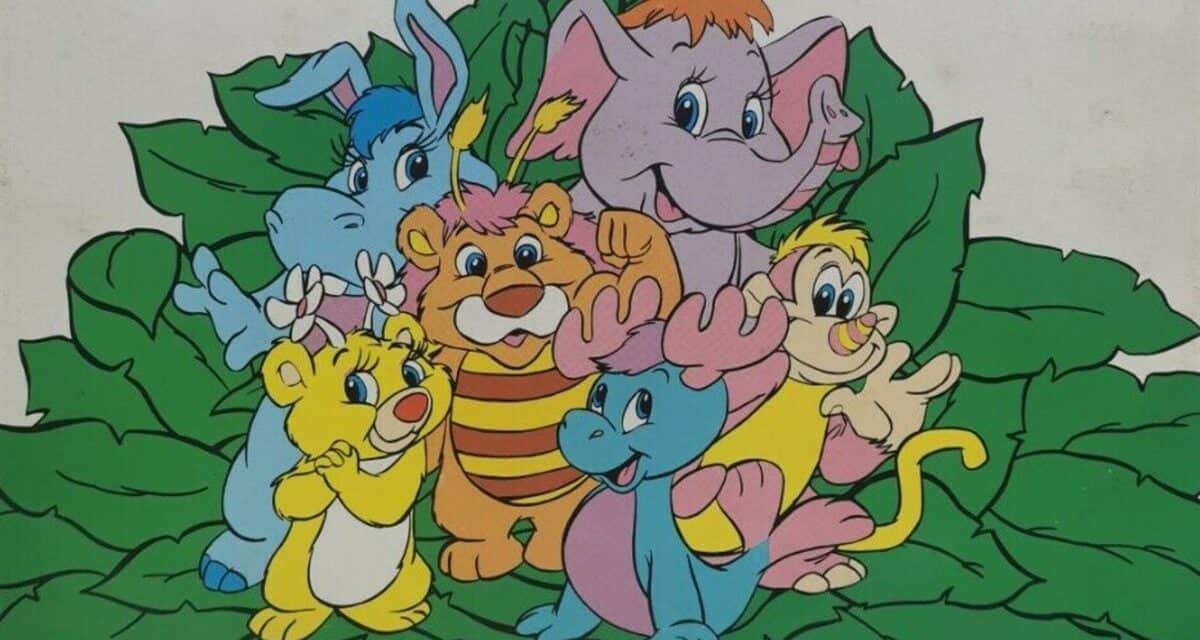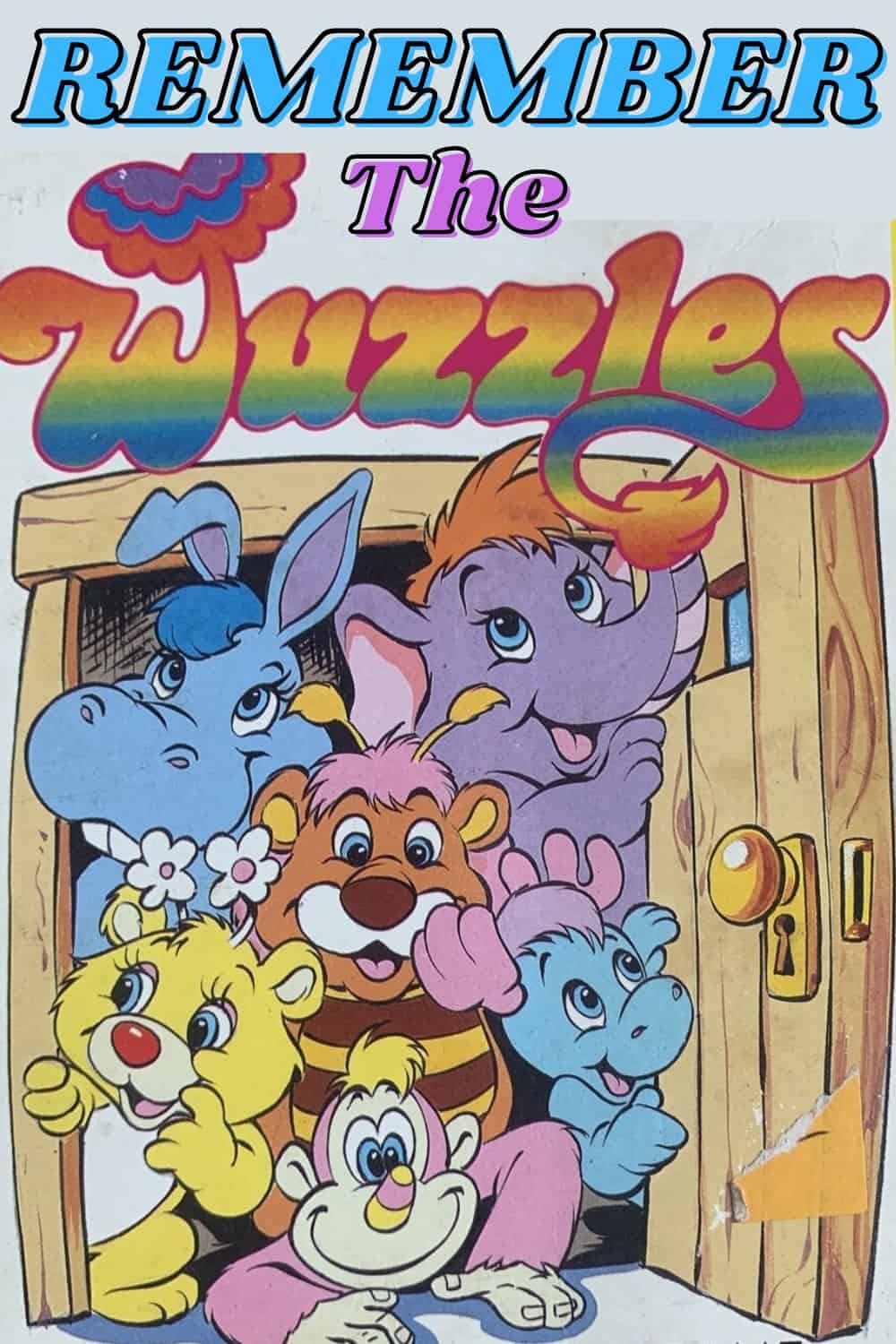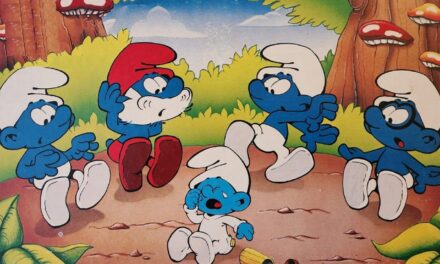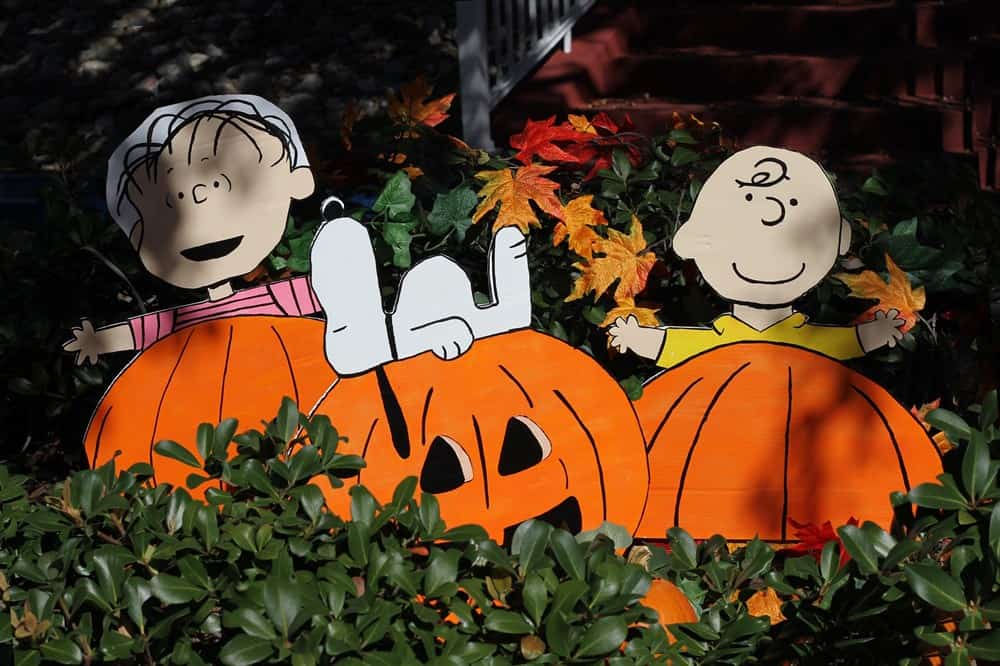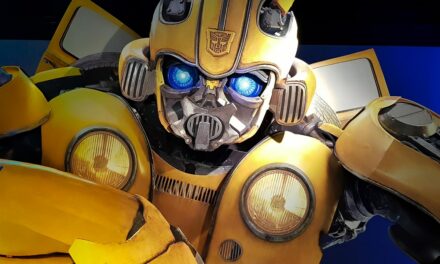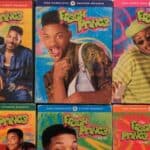Disney, that giant of the entertainment industry that turns everything it touches into gold. Be it its movies, series, products, toys, furniture, and even food inspired by its famous characters.
It is undeniable that their products, reach everywhere and everyone. However, for everything, there is a beginning, and like all media companies, they had some failures along with their successes.
If you grew up on Saturday morning television in the 80s, you may remember the Wuzzles animated series, and if you are a 90s kid, probably not. That’s how lost these cute cuddly characters were. And it makes sense they were forgotten so quickly since as soon as their first season premiered, it was canceled
The strange thing is that it was the first animated TV series produced by Disney in its history. If by that time the company already enjoyed so much prestige, why was its first show such a failure?
The Premise Of The Wuzzles Characters
Before continuing with the history of The Wuzzles, we must first contextualize what they are, because, to the uninformed, this may seem a bit odd.
The Wuzzles was an American animated series released in 1985, with 13 episodes. Its story presents us with a somewhat crazy fantasy world, since its characters, the Wuzzles, are colorful creatures, products of mixtures between two different animal species.
The only identical characteristic they all share is that they have wings on their backs (even though only two characters can use them to fly).
They live on the Isle Of Wuz, where all the elements are also mixed, such as the domestic telephonograph, the delicious appleberries, and the majestic castlescraper. I think you get the picture.
Among its colorful characters, Bumblelion (half bee, half lion) stands out. Despite his short stature, he is the bravest of them all, protecting the Wuzzles from all evils
Eleroo (half kangaroo, half elephant) is his best friend, somewhat clumsy but kind-hearted. The group of friends is completed by Butterbear, Moosel, Hoppopotamus, and Rhinokey.
The main villain is Crocosaurus, the supreme leader of evil on the Isle Of Wuz. His henchmen are Brat (half wild boar, half dragon) and Flizard (half toad, half-lizard).
Throughout 13 chapters of 30 minutes each, the Wuzzles lived a myriad of adventures in their enchanted land, or should I say combined land.
Despite its incredible premise, lovable characters, and solid animation, this show had a very abrupt ending, sinking it into oblivion without ever being able to show its true potential.
Disney’s Bet On Animation For TV
While there was no lack of good Disney movies in the ‘80s, it was in a strange moment in their history. The success of this decade marked the way for their famous Renaissance, but there were certain areas in which they needed more presence. One of those was television, where years ago they had aired some specials and sitcoms, but they still lacked a series in what they did best, animation.
In 1984, after Richard Berger’s short tenure as president, Michael Eisner was appointed new CEO of The Walt Disney Company, willing to give a new air to its audiovisual products and leave behind the box-office failures of the 70s.
Soon after his appointment, he met with Gary Krisel (head of Disney Music), Jymn Magon (record producer), and Tad Stones (writer and animator) to plot the first moves of the new TV animation division, which would be headed by Michael Webster, a cartoon animator and executive.
Origin Of The Wuzzles
With a new division dedicated to cartoon shows, ideas were flying around but The Wuzzles was the first to stick.
The idea was so clear that production of the series began before the creation of the new television division was formalized, along with the more fondly remembered Gummi Bears.
For the production of The Wuzzles, Disney teamed up with Hasbro Toys, with the explicit intention of expanding the world of the series to other media such as figures.
Hasbro had much more involvement than just producing the toys, as they had their hand in the creative decisions and the aesthetics of the characters during the production of the TV show. At that time, this was quite common, and even more so if we add the fact that Disney was entering an unknown terrain in TV.
First Sketches
In October 1984, Jymn Magon faxed Disney’s first sketches of the characters to Fred Vuono, Hasbro’s marketing director at the time, for approval.
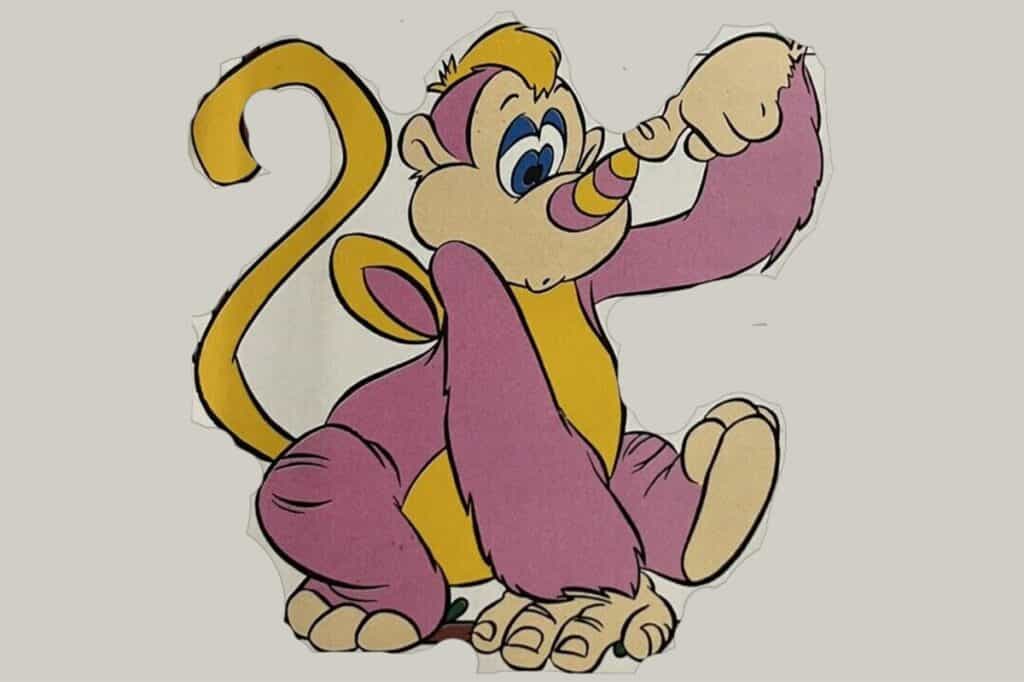
The photos of the Wuzzles in the document showed various age stages of Butterbear, such as baby, infant, and adult poses. There were also sketches of various movements of Bumblelion, Rhinokey, Eleroo, and Hoppo.
A few days later, Gary Krisel sent another fax to Vuono, in which he added new sketches and a text in which he stated that his designs are getting closer to the resemblance of the stuffed animals.
This suggests that Hasbro had already thought about how the characters would be from the beginning to start producing the toys, so Disney had to readjust the designs to assimilate as much as possible to those of its commercial partner.
A week later, another document with new sketches was sent to Hasbro’s offices, highlighting the modifications to the main characters, especially Bumblelion and Butterbear, to give them a more youthful and fun look.
Getting Ready To Launch The Cartoon
On October 23, the Wuzzles production team presented the almost final designs of the characters. The main changes were in Hoppo and Rhinokey, giving them a more childlike style like the rest of their companions.
In November 1984, those designs were submitted to the CBS television network to greenlight the series, along with sketches of Crocosaurus and his minions, and other filler characters to bring Wuz Island to life.
By the end of the year, after minor modifications to the characters, production of the cartoon began.
The Launch Of The Wuzzles And Its Cancellation
On September 14, 1985, the first episode of The Wuzzles aired on CBS, taking a spot on American morning programming alongside the Gummi Bears series on the same day.
The first season ended on December 7 of that same year, after 13 solid episodes. Notably, composer Stephen Geyer composed and performed the theme song for The Wuzzles.
“Here in the land of Wuz
They’re havin’ twice the fun
Cuz every single thing
Is really two-in-one!
A little bit of this,
A little bit of that
And when you add it up
You get a lotta laughs!”
(fragment of Wuzzles theme song)
The voice cast of the series had some notable names, such as Stan Freberg (Narrator), Brian Cummings (Bumblelion), Henry Gibson (Eleroo), Alan Oppenheimer (Crocosaurus), and Bill Scott (Brat). The latter died shortly after the premiere of the series, on November 29, 1985, due to a sudden heart attack.
There were plans to make a second season although the series did not enjoy the best numbers, with the unexpected death of Bill Scott, CBS completely canceled these plans, forcing Disney to keep the Wuzzles in a drawer from which they have never come out.
This is very striking as Scott was also involved in Disney’s other show, Adventures of the Gummi Bears, which was renewed for 5 more seasons, replacing Bill’s voice with Corey Burton’s.
ABC saw some value in the Wuzzles, airing the series during 1986 and 1987, although they failed to raise its popularity. The opposite was the case in the United Kingdom, where the Wuzzles had a slot on ITV programming, enjoying a better reception among British children.
Since then, some chapters of the series have even aired on the Disney Channel.
The Wuzzles Toys
As agreed between Disney and Hasbro, the launching of the series was accompanied by a line of Wuzzles toys inspired by the Care Bears.
Unlike the show, the toys were a huge success. So much so that Hasbro introduced plush toys of characters that never appeared in the series.
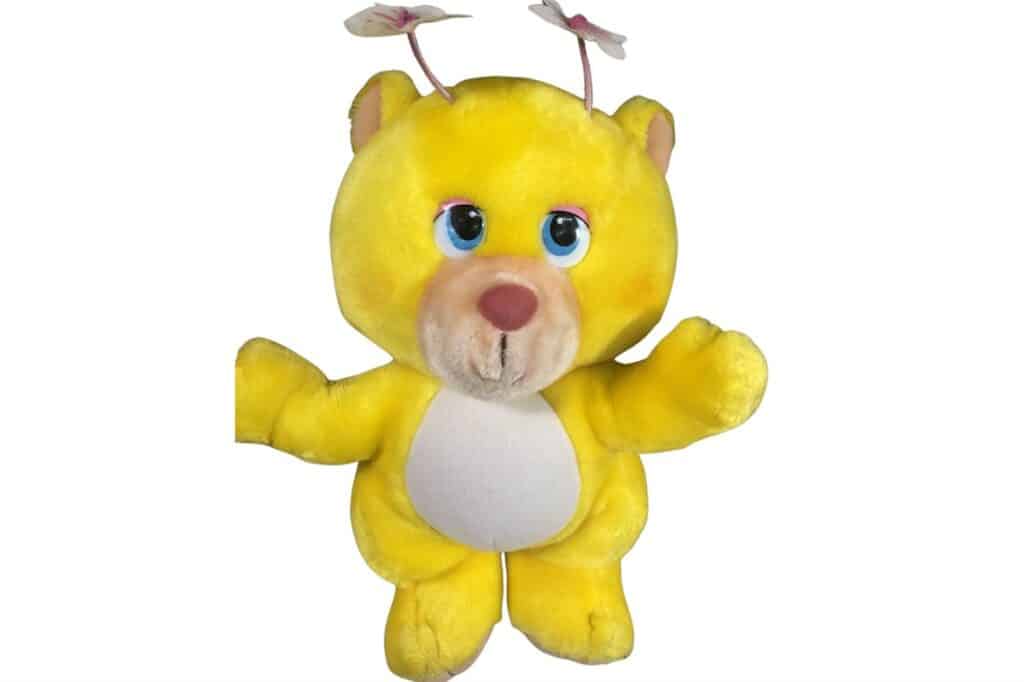
The original plush toys were marketed in two sizes, 8 inches, and 12 inches. A special 25-inch edition of Bumblelion was also released. In the box of these plush toys was also included a storybook of the character, which introduced the buyer to the magical world of these creatures.
In 1986, a secondary line of 6 plush toys called Wuzzle Cousins was launched. As the name implies, they are relatives of the original Wuzzles, although they were probably characters that would be introduced in a second season that never existed.
The stuffed animals were Koalakeet, Pandeaver, Piggypine, Skowl, Tyccon, and Woolrus. They also included storybooks in their boxes.
The last Wuzzles toys were the Baby Wuzzles, 9 plush toys released in 1987. If you are a collector we suggest you take a look at these plush toys, as they were produced on a low scale in Europe, making them almost impossible to find today.
There is even a rumor that only 15 Baby Wuzzles were made, which were delivered directly to Hasbro investors. Whether true or not, the reality is that these plush toys are hardly seen today, but they were advertised at the time.
Wuzzles did not only feature these plush toys, there were puzzles, board games, themed toy sets, accessories, and other items released.
It is surprising how many products were made from the Wuzzles for the little success they had. It is one of those cases in which the expectations of the producing companies went too far, but it is still nice to have toys of these characters to remember them and imagine what they could have been.
The Future Of The Franchise?
I will spare you the suspense. it’s far-fetched to think that Disney will ever produce anything related to the Wuzzles again. You can never say never, and there are still die-hard fans that would love to see a triumphant return. But the chances are slim in this case.
The reality is that the Wuzzles only exist in the memory of the few who enjoyed their first season and their plushies. It’s a real shame because the central idea of this world is very original and has the potential to be a great animated show on Disney Plus, but even the original show has found its way there as of now.
And so ends this recap of the history of The Wuzzles, characters who had the honor of starring in the first animated television show in Disney’s history, but were quickly condemned to complete oblivion. Well, at least not all of us have forgotten them.
